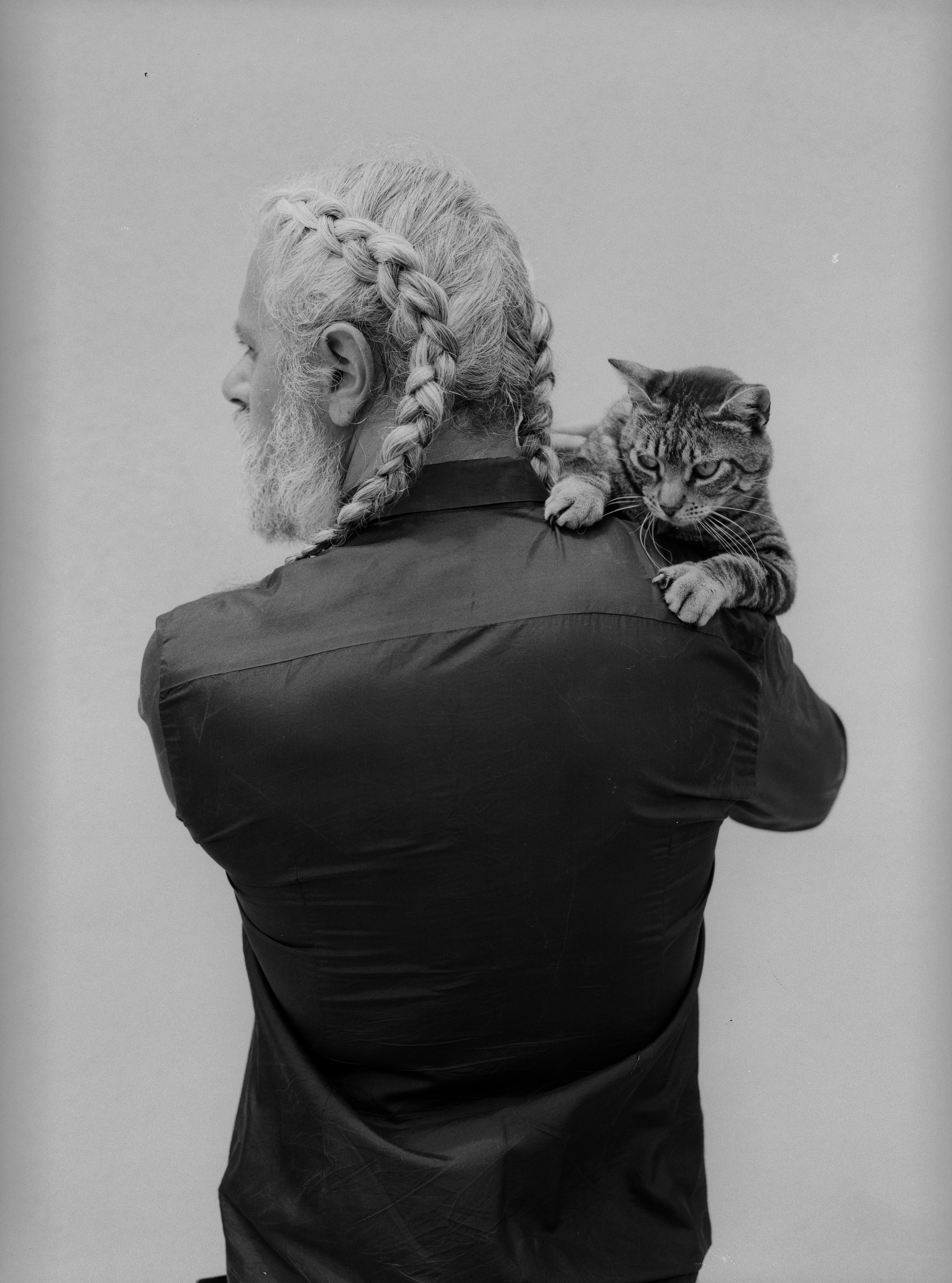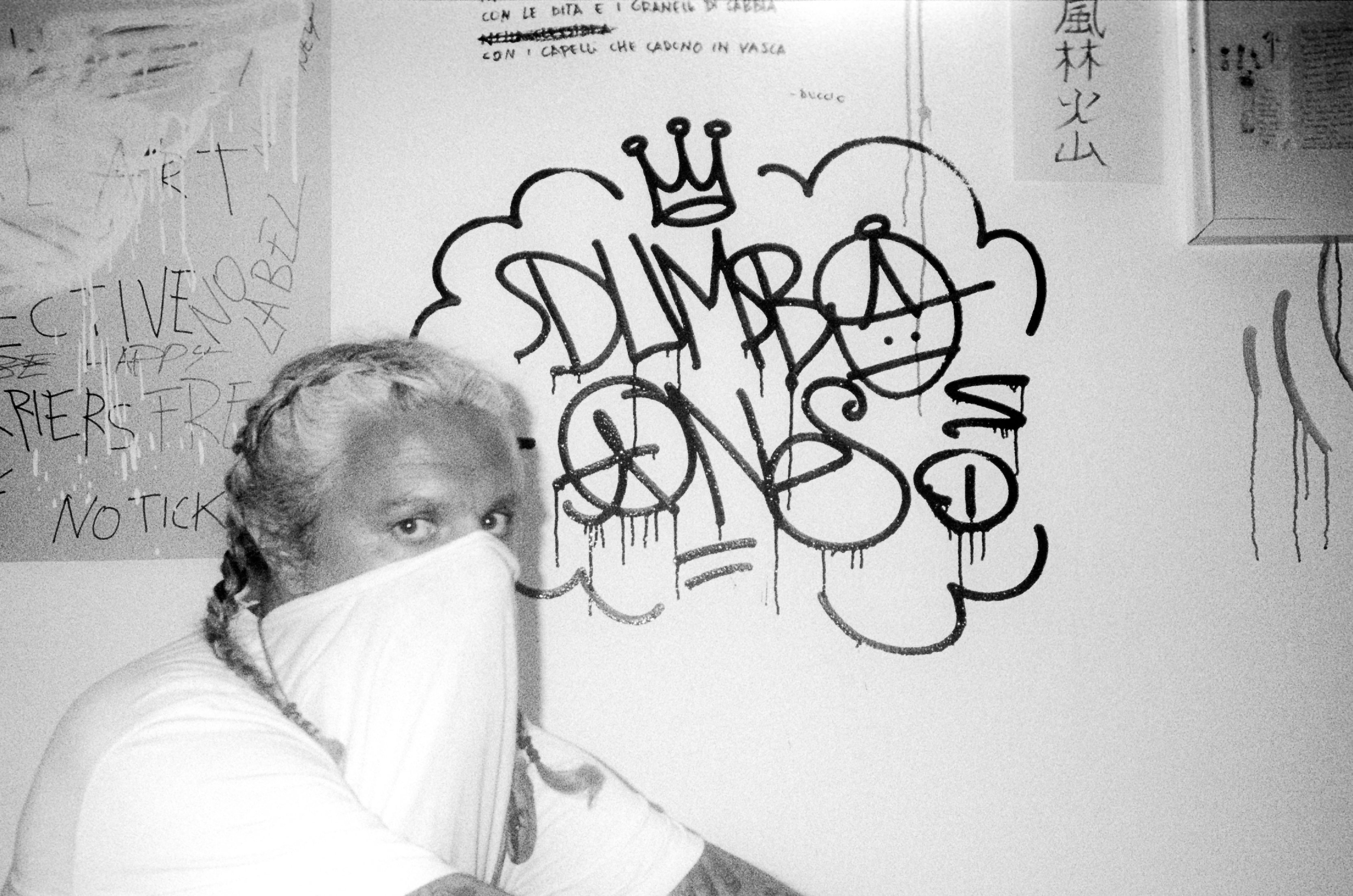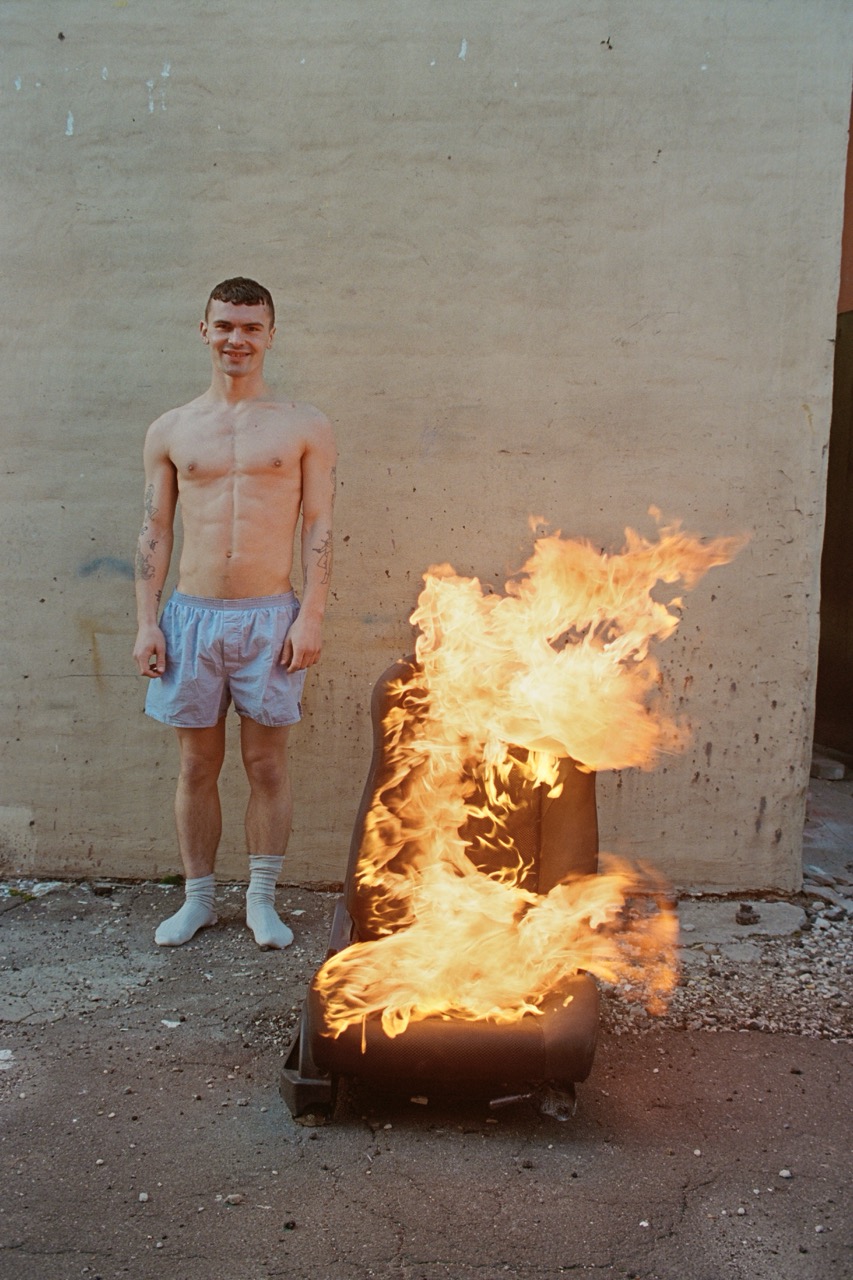Red Expanse Presents: 'Sin Mañana y Sin Fin'
Produced by Red Expanse, an art label and agency founded by "22" in 2014, creating boundaryless art, video, and music with global artists– empowering voices of radical art worldwide, and directed by artist Jo "22" Frias and conceptualized by himself and artist Nadine Blanco, 'Sin Mañana y Sin Fin' is a visual account of a dancer following the night until dawn. Over a phone call this past summer, Blanco sat down with office to discuss New York culture, revisiting the past, and the intentions behind 'Sin Mañana y Sin Fin.'
Michael Anthony Hall- How long have you lived in New York?
Nadine Blanco- I was born and raised in NY. I’m here now, but I did spend the last five years in LA.
MAH- What are the differences you've witnessed from before you left New York to when you came back?
NB- In my opinion, when it comes to nightlife, I feel like people danced more at shows, and there were more spaces to just enjoy nightlife. You could walk around certain streets, hear music coming from a loft somewhere, go in, and just dance. Certain areas feel more populated now, which has made things less inviting, I think, for those specific situations. I still love New York, but the city moves really fast; there are always new faces and new scenes.
MAH- From observation, New York has become so expensive and difficult to live in and survive.
NB- Yes, that's a reality for many people, especially for many NY natives and creatives. People are moving farther or just leaving the city for different reasons.
MAH- But as you say, it's still one of the most creative places in the country and the world, so you want to be tapped in. I want to talk about your transition from your teenage years to adulthood in New York. What was occupying your days? What were your driving forces when you were younger?
NB- I really loved dance, visual arts, and other art forms, but transitioning into adulthood, the focus on my education and money started to take up more thought. I was kind of lost when I was younger, and I just didn't really have an idea of how to funnel my interests for something bigger than myself.


MAH- When did you start commodifying your love for dancing to help support your life in the city?
NB- I was 19. The experience felt familiar in some good and bad ways.
MAH- Did the people in your life know that you were dancing at clubs, and if so, what were the conversations like?
NB- Only a few of my friends knew; some didn't care, and others were fascinated, but I refrained from letting most people know.
MAH- The culture is becoming more accepting of the lifestyle. What changes have you seen and experienced with people being more comfortable with the commodification of strip club culture?
NB- I’ve seen people who have never stepped foot on stage wear pleasers to parties, haha, which is cute. I’ve experienced more in-depth conversations about the lifestyle and safety of these spaces. I think being more open and allowing for these discussions can lead to more advocacy. Yeah, there's a lot more acceptance these days, I just hope people exercise their critical thinking when it comes to getting involved. You should know what you're getting yourself into.


MAH- Your film Sin Mañana y Sin Fin explores through abstraction the space between a world that is often glamorized and the reality that many aren't aware of. Do you remember the beginnings or initial motivation to create a project exploring your past?
ND- I guess the initial motivation came from just having these crazy stories to tell when I was younger. I always felt like I could use that experience for future creative reference. When I met Jo (22), I wasn't participating in that world at all, but our talks reignited those initial thoughts. Jo had been creating works and producing projects for underground and radical artists around the world with Red Expanse. He's a real powerhouse, and I really respect his perspective, it inspired me. We started talking about the idea over Facetime, and it really snowballed from there. When he got back to LA, we just threw ourselves into filming right away.
MAH- When approaching this project, what was your conversation with Jo, the director, in the beginning stages?
NB- We both had seen a lot of examples of the media taking pieces of this world, along with high fashion, etc, watering it down, and glamorizing it for everyone else. We are people who appreciate raw and real experiences, so we just wanted to show another side that's not always shown. The film isn't sexy.


MAH- The abstractness allows the viewer to attribute their own meaning or understanding. You're just following this woman throughout the night– where you feel connected to her stripped from a hyper-contextualized or overt depiction of a night of a club dancer. It allows insight that feels more boundless than confined in this orchestrated and digestible view of this world. You see the protagonist as a person first and foremost than anything else. This film pieces together real-life footage of you going back into this world, and I wanted to touch on that and ask what it was like going back into these spaces, collecting footage, and simultaneously reconnecting to this time in your life.
NB- It was interesting on many levels. Being in such a different place now, my objectives were very clear. Also, the club I took pictures of was actually closing down that same day, so it felt like a full-circle moment and the literal closing of that chapter. Reconnecting to that time helped me clear up some things about my younger self, and I'd like to think that sharing those findings has offered some guidance to others in those spaces.
MAH- Capturing the last day of the club being open is such an incredible moment because now those photos and this film act as a time capsule, where you can refer to the memories through them. Did you always want photographs to accompany this film?
NB- Jo was very particular about including my photos. The club I photographed, the main floor, is appealing and has character, but when you go upstairs to where the employees rest, it's the complete opposite. We were interested in capturing that duality.


MAH- Both of your guys' creative perspectives really collided, which resulted in this dynamic film housing so many different elements. Also, the film is very personal to you, where the subject is you, instead of an obscure protagonist. That must have also been an adjustment, having this story so intrinsically tied to you. Can you speak to the poem at the end of the film?
NB- Because I’m going back to parts of myself that make me who I am today, I felt it was only right to express the poem in Spanish. The poem is from the perspective of being in a dream. Many institutions have sold this culture as a dream. Sin mana y sin fin translates to without tomorrow without end. I think that phrase alone encompasses living in a way that has no regard for tomorrow, something very freeing but, at the same time, can inflict pain.
Watch the premiere of 'Sin Mañana y Sin Fin' below.





















































